Ezekiel is probably most well known for two of his prophecies, that of the “Wheel within a wheel” from Chapter 1, and his Valley of Dry Bones from Ch. 37. And it is probably mostly music that has made them famous. From “Ezekiel Saw the Wheel” to “Dry Bones” to one of my favorites, “Valley of Dry Bones” by Michael Card, music has made these more than confusing prophecies.
While the wheel within the wheel continues to confuse people, the valley of dry bones has struck a chord in many who have read it. We get what it is to feel like dry bones: dead, useless, lifeless. And we can feel the same way about our faith, our church, our society, and even the whole human race sometimes: dry, dusty, old, barren.
But this message isn’t one of sorrow but one of hope! Yet the hope comes in stages. First, Ezekiel sees the bones and is asked by God whether there is any hope. “Can these dry bones live?” Message one, no matter how dry, impotent, and dead things may look, God tests us with the question, “Do you still have hope?” Second, Ezekiel is commanded to call the bones back together, and so he does. The bones come together into bodies, “but there was no breath in them.” Message two, we are to call God’s people back into order, back to mission, back to God, but we cannot give them life. Third, Ezekiel is commanded to call the Breath (the Wind, the Spirit) back into the bodies, and so he does. The breath enters the bodies, they live, and they become a “vast army”. Message three, while we cannot bring life to others, we are called to pray that God might bring it.
So have hope, lead well, and pray that God will bring life back to His people.

Leave a Reply
Want to join the discussion?Feel free to contribute!